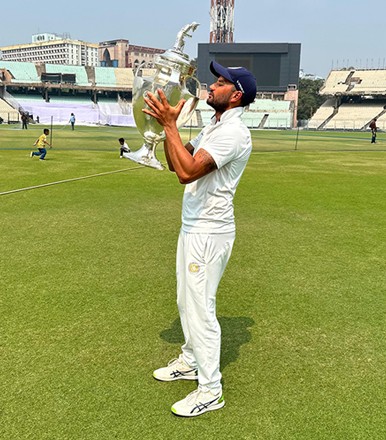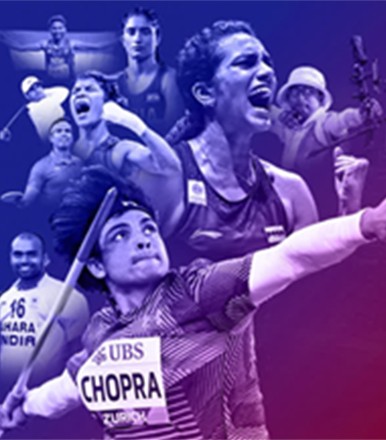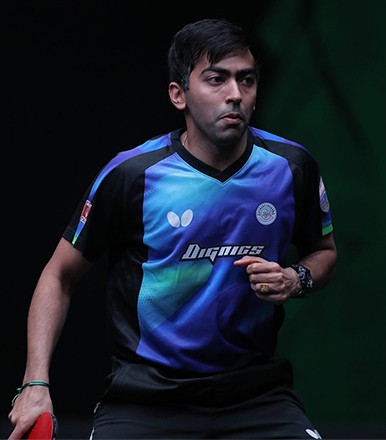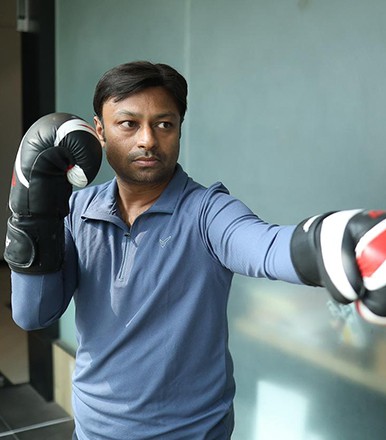Polygamy- Ancient Practices and Modern Interpretations
We are discussing the first ever known civilized form of a man-woman relationship.
The previous article in this series discussed romantic relationships and their evolved versions. Now, we will delve into the individual type at every stage of evolution. The most common form of a man-woman relationship is the union of marriage.
Interestingly, monogamy is a relatively recent concept in human history. Before the formation of the urban communities we recognize today, people were primarily polygamous.
Polygamy comes from two words: “poly,” which means “many,” and “gamos,” which means “marriage.” Polygamy, the practice of having more than one spouse simultaneously, has been a part of human societies for centuries. Its forms and acceptance vary widely across cultures and epochs. This article delves into the different types of polygamous relationships, exploring their historical contexts and contemporary understandings.
Back In Time
In ancient times, polygamy was often practiced for practical reasons. Societies were structured around the need for labor, alliance building, and population growth. Polygamous marriages were not just personal choices but strategic decisions that influenced social and economic stability.
Polygamy and polyandry were prevalent in ancient India, but it is doubtful whether they were ever popular in public opinion. It was practiced mostly by the warrior castes and rich merchants. Polygamy in ancient India was a matter of personal choice, status symbol, and at times social, moral, and religious obligation.
Polygamy spread its branches to further subcategories, not to be confused with the different forms of it, these categories vary based on which gender is given the authority of multiple marriages. Polygyny, where a man has multiple wives. Polyandry, where a woman has multiple husbands, is less common but practiced in some cultures. The next one is Group Marriage, Involving multiple men and women, group marriage was rare but existed in some Indigenous cultures. This form of polygamy emphasized communal living and shared responsibilities
Modern Interpretations of Polygamy
Today, the practice of polygamy is viewed through a different lens. While still prevalent in some cultures and religious communities, it faces significant legal and ethical scrutiny in much of the world. Modern societies grapple with issues of equality, consent, and individual rights, leading to a more nuanced understanding of polygamous relationships.
With the world evolving and liberalization and freedom of expression making their way into arguments and then practice, various opinions regarding this concept like many others popped up. Some debate that it is associated with physical, emotional, and sexual abuse, and mothers in polygamous families demonstrate negative emotions, including loneliness, despair, anger, powerlessness, and sadness.
The rise of women's rights and gender equality movements has also brought critical scrutiny to polygamous practices, particularly those that appear to exploit or marginalize women. Advocates argue that for polygamous relationships to be ethical, they must be based on genuine consent and equality among all parties involved
Despite the controversies, some argue that consensual polygamous relationships can work harmoniously if they adhere to principles of fairness, transparency, and respect. Proponents suggest that society should focus on the quality of relationships rather than their structure, advocating for the acceptance of diverse family forms.
Polygamy's journey from ancient practices to modern interpretations reflects the evolving nature of human relationships. While deeply rooted in historical and cultural contexts, polygamy continues to adapt to contemporary values and norms. Whether through traditional practices or modern consensual arrangements, polygamous relationships challenge and enrich our understanding of love, commitment, and family. As society progresses, the dialogue around polygamy must balance respect for cultural diversity with the pursuit of individual rights and equality. In some cases, polygamy isn’t explicitly unlawful. However, bigamy is. Bigamy occurs when a person who’s married marries another person who does not know their partner is already married which is entirely unethical.
Open Relationships are a modernized variant of polygamy. Today Some couples choose to have open relationships, allowing each partner to have other sexual or romantic relationships. This form differs from polygamy in that it doesn't involve marriage to multiple partners but shares the principle of consensual non-monogamy. Though interesting, Seems like a complicated topic. We will discuss it in the next edition continuing the series.
Check out Hello Fitness Magazine. There is never a wrong time to go on a fitness quest. Contact us and allow us to assist you in leading a better lifestyle. Follow us on Instagram. We share the best Health & Fitness related Articles for information based on healthy eating, health and fitness recommendations, health problems and their solutions, human body fitness, and much more.














